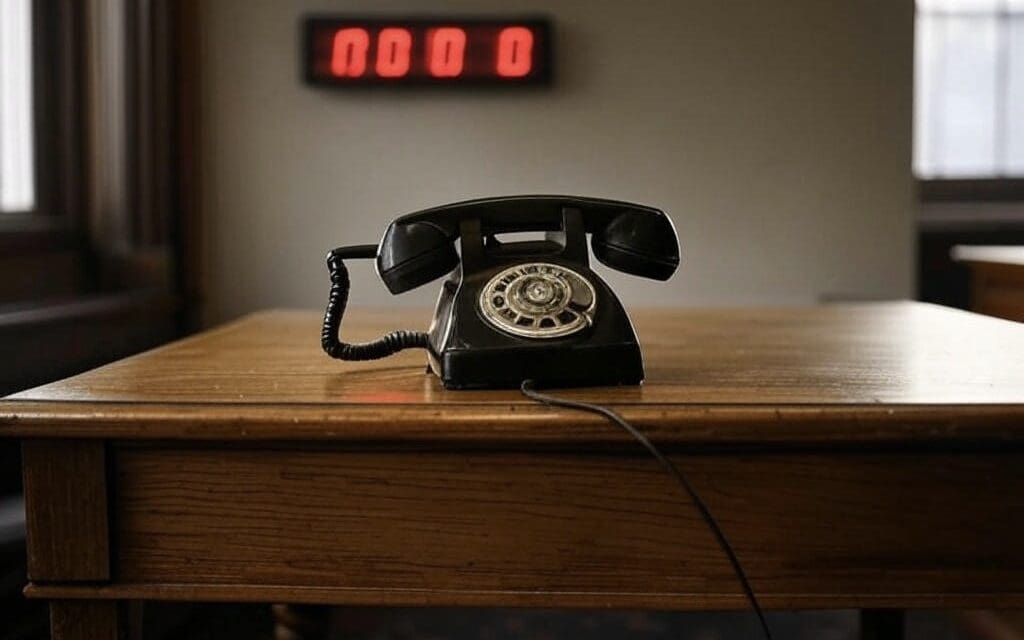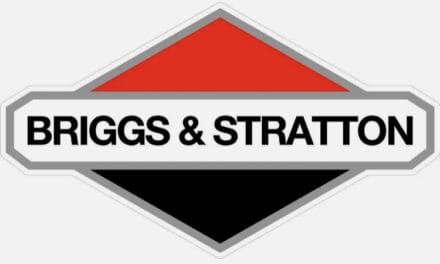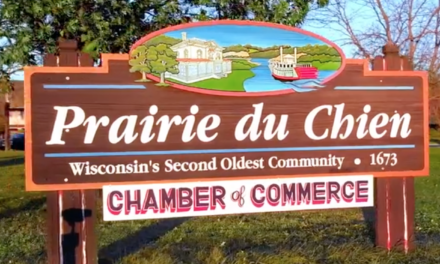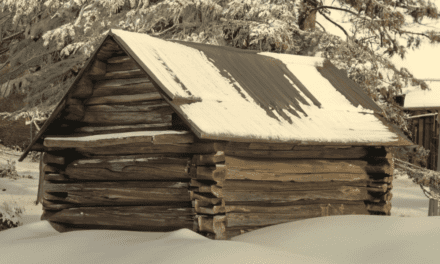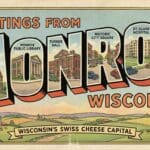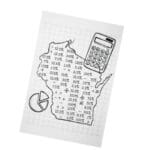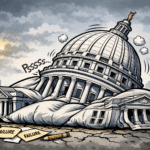For a team with as storied a history as the Green Bay Packers, the NFL Draft has been both a goldmine and a graveyard. In a state where football is practically a religion, the Packers have built their legacy through shrewd selections that turned into legends and missteps that left fans groaning. With no salary cap to lean on in the early days and a small-market disadvantage, the draft has long been Green Bay’s lifeblood. Let’s dive into the best and worst picks in Packers history, spotlighting the moments that defined eras and the ones that still sting.
The Best: Gems That Built a Dynasty
Few draft picks in Packers lore shine brighter than Bart Starr, taken in the 17th round (200th overall) of the 1956 draft out of Alabama. Back then, the draft stretched into rounds that feel absurd today, and Starr was a late flyer who barely saw the field in college due to injuries. Yet, under Vince Lombardi’s guidance, he blossomed into the quarterback who led Green Bay to five NFL titles, including the first two Super Bowls. His poise in the “Ice Bowl” — a 1-yard sneak to beat Dallas in minus-13-degree weather — remains the stuff of legend. Starr’s career wasn’t about flashy stats; it was about winning, and he delivered in spades.
Another masterstroke came in 1961 with Herb Adderley, nabbed 12th overall from Michigan State. Originally drafted as a running back, Adderley switched to cornerback and became a lockdown defender. His speed and instincts fueled Green Bay’s dominance, earning him five championships and a bust in Canton. His pick-six in Super Bowl II against Oakland sealed the Packers’ second straight title. Adderley wasn’t just a player; he was a cornerstone of a dynasty.
Fast forward to 2005, and Aaron Rodgers slides into Green Bay’s lap at 24th overall. The Cal quarterback was pegged as a top pick, but a draft-day freefall — televised for all to see — landed him with the Packers. Sitting behind Brett Favre for three years, Rodgers honed his craft before unleashing a career that’s included four MVP awards and a Super Bowl XLV triumph. His arm strength and football IQ turned Green Bay into a perennial contender, proving patience can pay off in a big way.
Honorable Mentions
- James Lofton (1978, 6th overall): A speedster from Stanford, Lofton hauled in over 9,600 yards for Green Bay and earned a Hall of Fame nod despite playing in lean years.
- Clay Matthews III (2009, 26th overall): Traded up for, Matthews racked up 91.5 sacks, becoming the franchise’s all-time leader and a defensive terror.
The Worst: Busts That Haunt Lambeau
On the flip side, the Packers have had their share of draft disasters, none more infamous than Tony Mandarich, taken second overall in 1989 out of Michigan State. Dubbed “The Incredible Bulk” by Sports Illustrated, Mandarich was hyped as the greatest offensive line prospect ever. Instead, he floundered in Green Bay, starting just 31 games over three seasons. Off-field struggles, including a painkiller addiction, derailed his career. What stings most? The next four picks were Troy Aikman, Barry Sanders, Derrick Thomas, and Deion Sanders — all Hall of Famers. Mandarich isn’t just a bust; he’s a “what could have been” etched in Packers lore.
Then there’s Rich Campbell, selected sixth overall in 1981 from Cal. With Bart Starr retired and Lynn Dickey aging, Green Bay needed a quarterback of the future. Campbell wasn’t it. He appeared in seven games over four years, throwing three touchdowns against nine interceptions with a dismal 45.6% completion rate. A knee injury from college lingered, but his lack of arm talent and decision-making doomed him. The Packers’ quarterback carousel spun on, and Campbell faded into obscurity.
Justin Harrell, picked 16th overall in 2007 from Tennessee, rounds out the rogues’ gallery. General manager Ted Thompson rarely missed, but Harrell was a whiff. Plagued by injuries — a torn biceps in college foreshadowed a litany of setbacks in the pros — Harrell played just 14 games in four seasons, recording zero sacks and 28 tackles. Overweight and underprepared, he was a first-rounder who never found his footing. Green Bay’s Super Bowl XLV win in 2010 came despite him, not because of him.
Dishonorable Mentions
- Bruce Clark (1980, 4th overall): A Penn State defensive tackle who bolted for the CFL rather than play nose tackle in Green Bay’s 3-4 scheme. He never suited up for the Packers.
- Jamal Reynolds (2001, 10th overall): Traded up for, this Florida State defensive end managed three sacks in 18 games before washing out.

